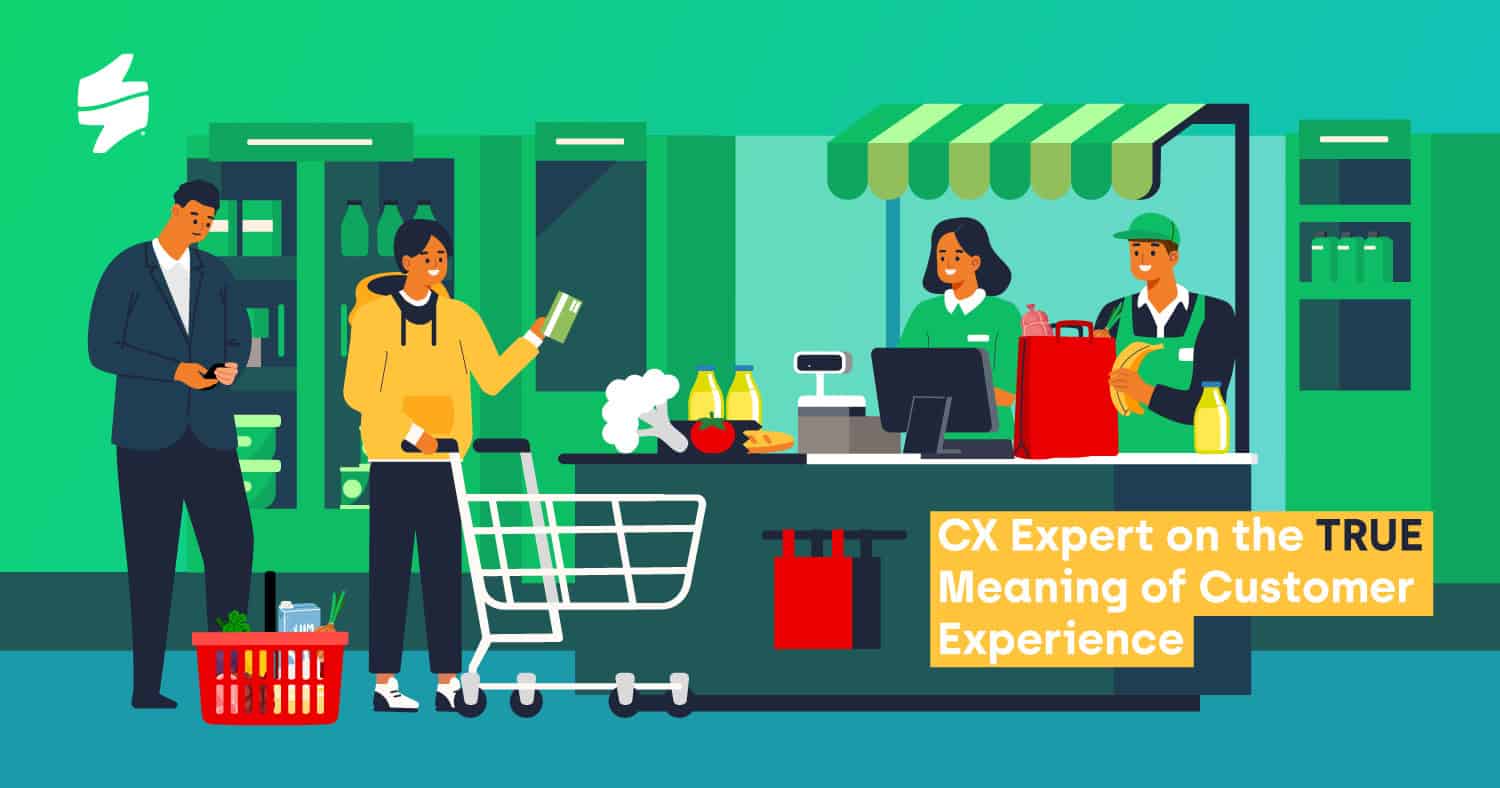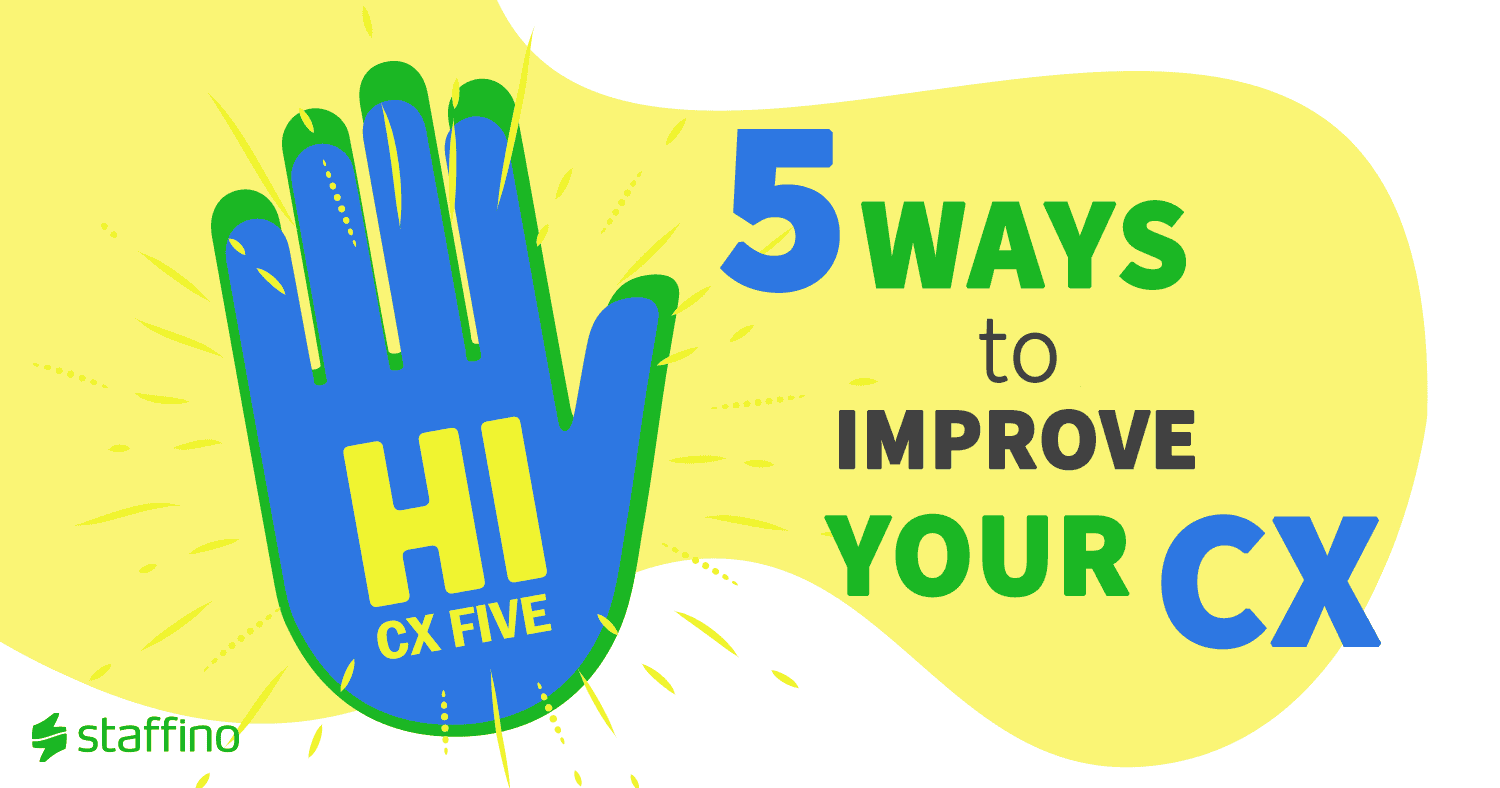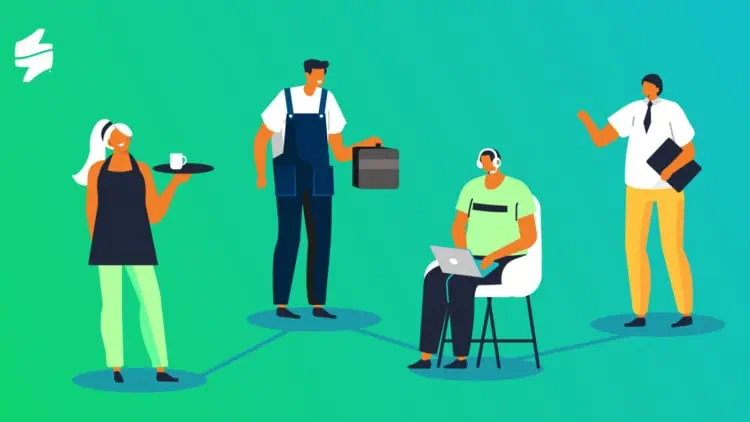In every CX workshop I conduct, I always begin with a simple request: “Describe a memorable customer experience you’ve had recently.” It’s a straightforward question, yet it often stumps the participants. They struggle to recall a recent experience that left a lasting impression. This exercise is not just an ice-breaker but a stark reflection of the current state of customer experience in many businesses and the trouble people have defining customer experience.

So, I usually share some of my own experiences to illustrate what excellent customer experience truly looks like. For instance, needed a laptop cable one evening. I placed an order on a renowned online store just before midnight, and by the following morning, my order was ready for pick-up at the nearest delivery box location provided by the store. The speed and efficiency of their service were remarkable, always living up to their promises. It’s this consistency that builds trust and loyalty in customers like myself. This real-life example helps the audience understand that exceptional customer experience is not about grand gestures but rather about making the customer’s life easier and more convenient. Afterwards, the audience usually starts sharing their own experiences confidently.
Let’s now delve into two parables that I often use to illustrate the essence of CX and the common misconceptions around it.
“Jonny the Beggar” Story or the Misinterpretation of Customer Experience
The first one is about Johnny the beggar. I learned it from a guy from the Netherlands while we were building a call centre around 17 years ago. Johnny, a poor, skinny kid who used to beg on the streets, found a job at a grocery store in the suburbs of some big American city, packing customers’ purchases into bags. But Johnny was no ordinary packer. He was observant and couldn’t help but notice the downcast expressions on everyone’s faces. Despite his manual role, he found himself contemplating how he could uplift their spirits. He came up with a unique way of making his customers’ day a little brighter. Along with their purchases, he would slip in a fortune cookie-style message into their bags, a small gesture that made a big difference. Before long, customers began lining up at Johnny’s counter, even if other counters were free. They were willing to wait longer just for the surprise and delight of finding his message in their bags.
Whether this really happened or not, I don’t know. What I know is that this narrative often gets misinterpreted as a CX strategy, or let’s say, a CX mantra – to always provide customers with something extra. Companies started following this approach, believing that the key to a great customer experience is to constantly surprise customers with ‘more’. However, this is a flawed understanding of what CX truly is.
The “Food and Cake” Story or the Real Meaning of Customer Experience
This brings us to the second parable – the “Food and Cake” story. Imagine going to your favourite restaurant for a dinner date. You order a full dinner menu, and at the end of the meal, you’re presented with a complimentary homemade cake. You’re delighted, of course. But the question is, why did you go to the restaurant in the first place? Was it for the free cake or for the food you ordered?
The cake is a nice gesture, but it’s not the reason you chose the restaurant. You went there for the food – the core offering. If the food was bad, no amount of free cake could make up for it. This is what many companies fail to understand. They focus on the ‘extras’ at the expense of their core product or service. But the truth is, no amount of ‘extras’ can compensate for a poor primary offering.
In the context of CX, the ‘food’ is the basic expectations of the customer – timely service, quality of products, professional and courteous staff, and so on. The ‘cake’ represents the ‘extras’ – the little surprises or gestures that exceed customer expectations.
Defining customer experience: The Key Takeaway
The key takeaway from these two parables is this: A great customer experience is not about constantly giving ‘more’. It’s about consistently delivering on your core promise and then, if possible, exceeding expectations. Only when companies understand and implement this can they truly master the art of delivering memorable customer experiences.
Looking back at the past 20 years, it’s clear that the understanding and implementation of CX have evolved significantly. However, there’s still a long way to go. The challenge for businesses today is to strike the right balance between meeting basic customer expectations and surprising them with delightful ‘extras’. Only then can they create lasting, positive customer experiences.
Remember, the goal is not just to satisfy your customers but to make them your loyal advocates. And that begins with getting the basics right, every single time.

Transform Your Customers' Experiences
Create a bulletproof customer journey with tailored CX products and services that will foster loyalty and reduce churn.









